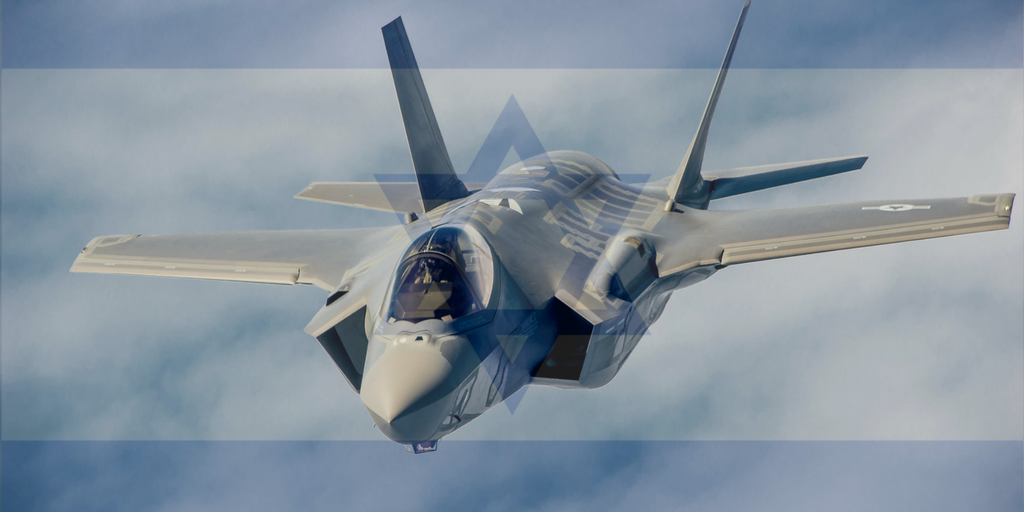Despite the fanfare put on by the Israeli government upon the delivery of the first F-35s this past week, the plane itself may not be the deal the Israeli cabinet made it out to be. Since the beginning of the plan’s production in 2001. In the most extreme, critics call it the “million-dollar disaster,” while more moderate views claim it is over-hyped and far too expensive.
Below are some statements from notable industry experts:
“Even before the downgrades, some analysts questioned the F-35′s ability to defeat newer Sukhoi and Shenyang jets.”
-David Axe, military correspondent.
“It’s as if Detroit suddenly put out a car with lighter fluid in the radiator and gasoline in the hydraulic brake lines: That’s how unsafe this plane is…”
-Pierre Spray
In a report by POGO, a government oversight committee, Winslow Wheeler Director (2002-2014), Straus Military Reform quoted various pilots about the F-35:
There are additional problems for detecting threats in the all-important visual mode: the ejection seat headrest and canopy “bow” (where the canopy meets the fuselage) are designed in such a way as to impede seeing aircraft to the rear: one pilot commented “A pilot will find it nearly impossible to check [their six o’clock position{to the rear}] under g.” Another commented, “The head rest is too large and will impede aft visibility and survivability during surface and air engagements,” and “Aft visibility will get the pilot gunned [down] every time,” referring to close-range combat. (p. 18.)
Indeed, DOT&E stated explicitly “The out-of-cockpit visibility in the F-35 is less than other Air Force fighter aircraft.” (p. 17.)
To summarize in different words, the helmet-mounted display and the F-35 system does not present an enhanced, clearer view of the outside world, targets and threats to the pilot; instead, they present a distorted and/or obstructed view. This is one of the most serious backward steps that the entire F-35 system takes, and it presents an even greater threat to the survivability of the F-35 and its pilot than the astounding evidence of the flammability of the F-35 (all versions) in the recent analysis of another DOT&E report by military analyst Lee Gaillard at Counterpunch.
In the event of the pilot needing to escape from the aircraft, there are also some incompletely explained problems with the ejection seat in “off-normal” situations, i.e. those that can occur in combat or even real training. (p. 43.)
If this plane is so bad, then why did the Israeli government go for the deal? One word: IRAN. Everyone agrees the F-35 is expensive, but except for its most extreme detractors, most would also agree it has one redeeming quality, excellent stealth capabilities. Given the fact that its slower speeds are specifically built for precision attacks on multiple targets, it is not a surprise that Israel Air force Industries and the government toook a chance on the F-35 as long they would be able to override the American computer codes and enhance them.
The MiGFlug Blog says the following:
The F-35 is not mainly built for high speeds, it is built as an attack aircraft (as well), like the A-10 Thunderbolt II and therefore needs low speeds to be able to shoot at the enemy on the ground for longer times before passing it. The radar cross section is one of the world’s smallest even in a clean loadout, not to mention when the others start loading weapons on their wings which further increases the radar cross section of them compared to the F-35. It does not have the best dog fight capabilities due to its big size (Sprey calls it “fat”) and the big engine fan behind the cockpit which limits the sight backwards, but modern air-to-air battles are supposed to be mainly BVR (beyond visual range) engagements which means that all fighters will depend on their radar- and IR missiles rather than they depend on their dogfighting skills.
With Bibi’s visit to Azerbaijan, the F-35 fits tightly into Israel’s potential Iran attack strategy if Trump tears up the nuclear accords upon entering office. It may have been a pork barrel project in terms of the American tax payer and not live up to industry hype, but if used correctly by Israel it may be the the right kind of tool to be used to knock out Iran’s nuclear program.
[huge_it_share]

